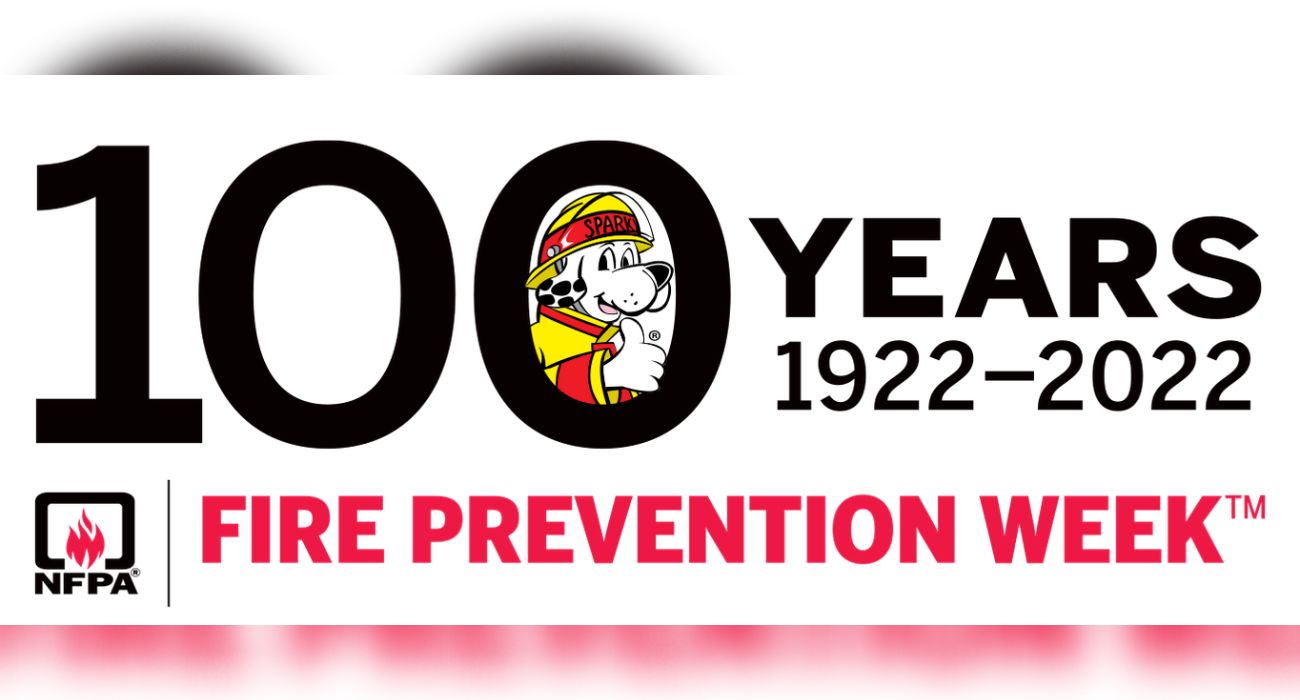It is the 100th anniversary of Fire Prevention Week, and The Dallas Express thought it wise to share strategies for house owners to be safe in the event of fire outbreaks.
The theme of this year’s National Fire Protection Association campaign warns, “Fire won’t wait. Plan your escape.”
Modern homes burn extremely hot and fast as a result of the switch from wood to synthetic materials during construction. The ensuing smoke is also more toxic than ever, with synthetic materials and plastics causing hydrogen cyanide to be released into the air.
Usually, carbon monoxide is killed in smoke, but the release of hydrogen cyanide is even deadlier and can cause irregular heartbeat, fainting, seizures, and even rapid death when inhaled in large amounts.
In light of this, it is increasingly important to take action to quickly exit homes when they are on fire.
Mapping a home escape plan and knowing at least two ways out of every room could save lives during a fire. Check all doors and windows in your home to ensure they open easily. If your secondary means of escape is out of a window in a two-story building, have a proper ladder in place to help with your escape.
Residents are advised to draw a map of their homes showing all the doors and windows in the house. The plan is then to be shared with everyone living in the home so that they can all know what to do.
Your plan should include everyone in your home. If you live with children, older adults, or people with disabilities, be prepared to help them get out. Children should also be taught how to escape from a burning home on their own in case there is no adult around to help them.
When you map out a home plan, ensure your plan is tailored to your home. Every home is different in terms of structure and occupants, so there is no one-size-fits-all strategy when it comes to a home plan for a fire escape.
Endeavor to have a practical plan. To ensure this, practice home fire drills twice a year, at different times of the day — once during the day and once at night — and using different ways out each time.
Firefighters also say it is safer to have a meeting place a safe distance away from home. This way, every family member knows where to meet in case they become separated.
In the event of a fire, additional tips for making a safe escape include:
- If your escape route is covered in smoke, get low and move under the smoke.
- Close doors behind you as you leave. This can slow fire by 20 to 30 minutes and also save lives.
- Get out of the house and stay outside if the smoke alarm sounds. Don’t go back inside to get people, pets, or belongings. Instead, call authorities.
Aside from a good escape plan in the event of a fire, a functioning fire alarm is crucial too. No matter how “unlikely” it seems that your home will catch fire, it is crucial to conduct a routine check on the devices to ensure they are always in good condition.
Every room in a home — including common areas like living rooms and kitchens — should have a fire alarm.
Another recommended step in preparing for a fire is to keep a fire extinguisher with at least 2.5 gallons of fire suppressant at each level of your home and teach everyone in your home how to use it.
Note that the use of fire extinguishers should only occur during the early stages of a fire. Once a fire spreads, you and your family should immediately evacuate the building and call 911.
Further guidelines for safely attempting to extinguish a fire can be found here.
A good home sprinkler system also goes a long way in curbing the spread of fire, potentially saving lives and property.
While we always hope our readers will never have the misfortune of experiencing a fire outbreak, The Dallas Express hopes you and your family opt to stay prepared and safe rather than unprepared and sorry. As the National Fire Protection Association said, fire won’t wait — plan your escape.






